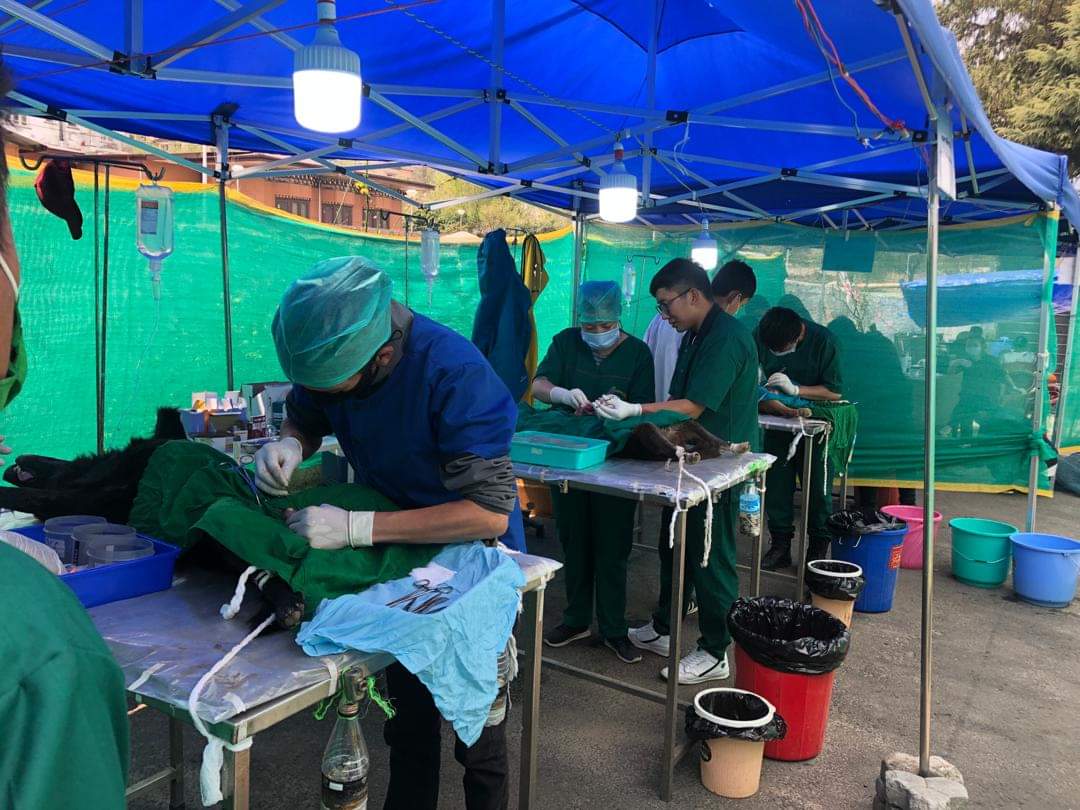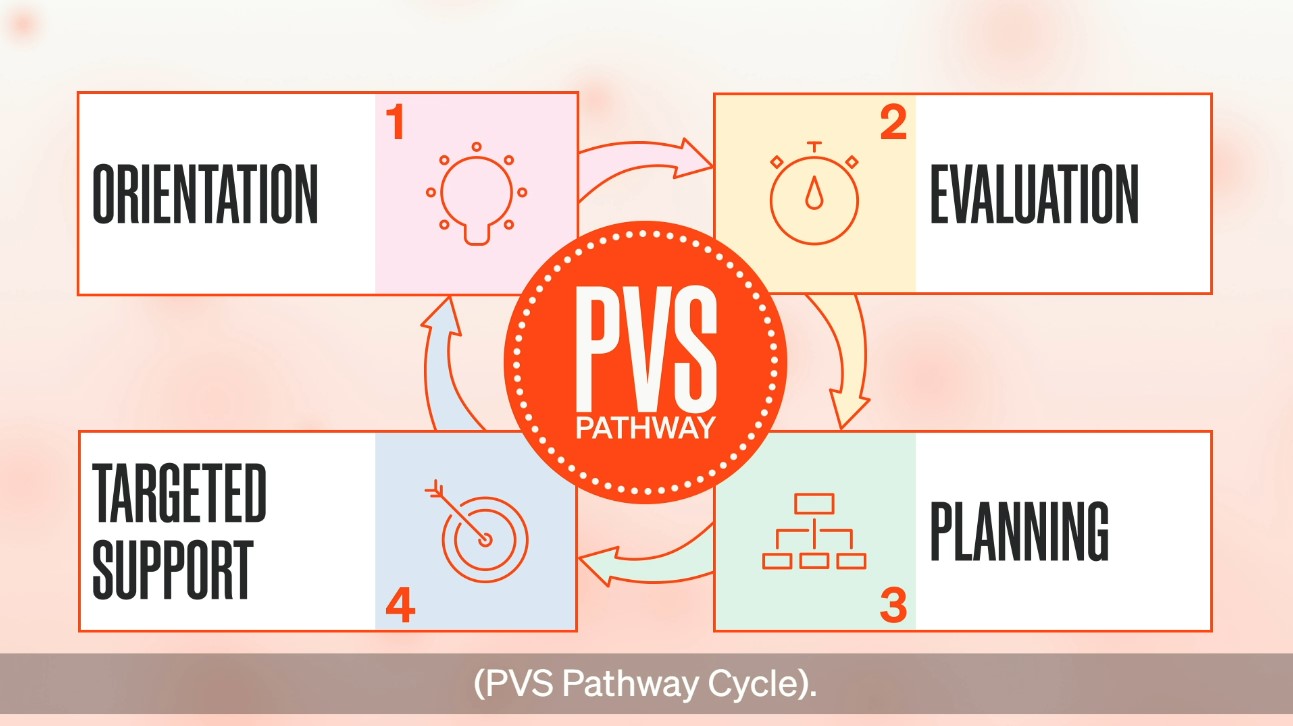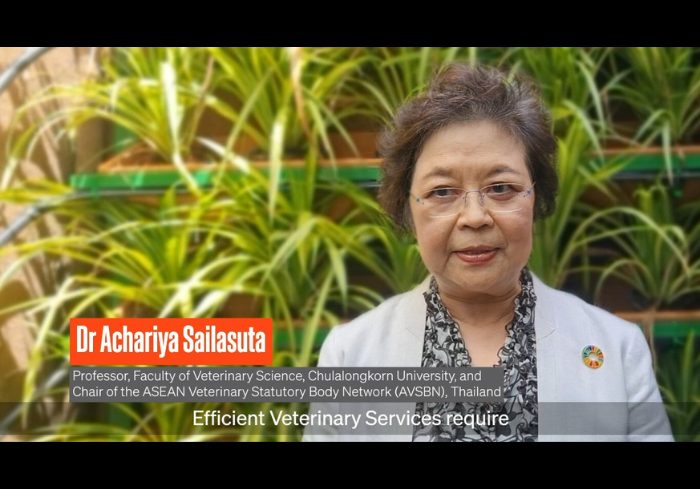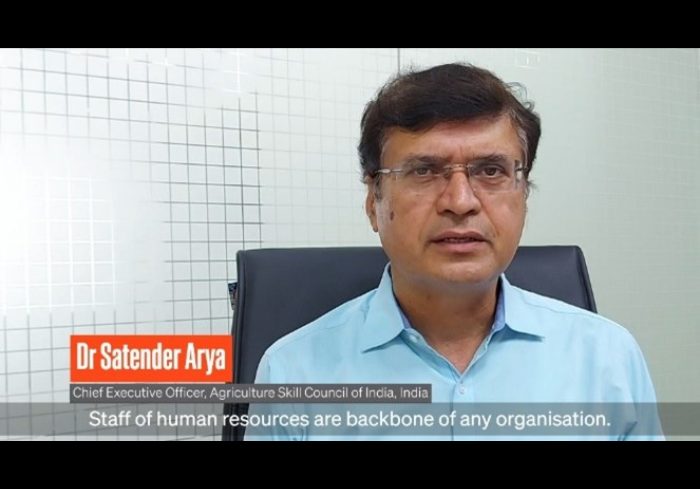
29 Nov 2022 (Japan) – The World Organisation for Animal Health (WOAH) Regional Representation for Asia and the Pacific launched an awareness-raising video for veterinary service personnel and stakeholders, explaining the need for veterinary workforce planning and development. Inspired by a virtual workshop on veterinary workforce development and veterinary paraprofessionals in 2021, the video includes statements from valued colleagues and partners. It was also subtitled in 10 languages of the region.
Dr Achariya Sailasuta (Professor, Chulalongkorn University and Chair, ASEAN Veterinary Statutory Body Network) highlights that efficient Veterinary Services comprise trained personnel in various categories and skill levels. She mentions the importance of stakeholder cooperation between veterinary statutory bodies, veterinary authorities, and the private sector – for accurate workforce assessments of what and who are needed in a country.
Dr Satender Arya (Chief Executive Officer, Agriculture Skill Council of India) points out that human resources are the backbone of any organisation, with the right mix of skilled personnel, at the right place and time being key for good performance. An understanding of required competencies and establishment of an enabling environment are needed to train staff well. An efficient veterinary workforce also requires identifying the skill requirements of veterinary paraprofessionals, followed by appropriate training.
Dr Carolyn Gates (Associate Professor, Massey University) reminds us that animals play an important role in societies worldwide, whether as sources of food, labour or companionship. Veterinary workforce assessments allow us to know how to safeguard the health and well-being of animal populations, while at the same time protecting the people involved in their care.
provide the basis for national Veterinary Services to achieve the mission of global animal health and welfare worldwide. WOAH supports the strengthening of Veterinary Services through capacity building programmes, including the flagship Performance of Veterinary Services (PVS) Pathway...
WOAH recognises that veterinary workforces provide the basis for national Veterinary Services to achieve the mission of global animal health and welfare worldwide. Our organisation supports the strengthening of Veterinary Services through capacity building programmes, including the flagship Performance of Veterinary Services (PVS) Pathway, as well as through global, regional and national conferences and workshops, and the publication of recommendations and guidelines.
Dr Hirofumi Kugita, the WOAH Regional Representative for Asia and the Pacific, explains: “The PVS is a powerful programme that – starting from an evaluation of the current status of Veterinary Services – can lead a veterinary workforce to strengthen capacities and improve competencies. This is important as today, Veterinary Services are expected to be more resilient, to be integrated in national and regional health systems, and to contribute significantly towards advancing One Health: human, animal and environmental health.”
Barbara Alessandrini, Head of the Capacity Building Department at the World Organisation for Animal Health, emphasises that, “Veterinary Services are requested to play a strengthened role in protecting human, animal, and environmental health. The PVS Workforce Development Programme aims to support Members to achieve this ambitious objective. This video will help raise awareness and encourage Veterinary Services to apply for PVS Pathway services.”
To watch the video, click on the image below or go to: YouTube
It is also available in 10 additional languages of the region, via this link: Veterinary Workforce Development (10 languages)
Veterinary workforce development: Strengthening national Veterinary Services





